Community Scientists Tackle Microplastic Pollution
Cleaning beaches, spreading awareness and collecting data. Learn how community scientists contribute important information to microplastics research.
Dr. Tony Walker explains how secondary microplastics come from consumer products and how community scientists play an important role in conquering plastic pollution in Canada
Plastics in pieces: Microplastics have two different production routes
Microplastics are either intentionally manufactured plastic beads 5mm or less in size (primary microplastics) or they are formed when large plastics break down into pieces smaller than 5mm (secondary microplastics).
Secondary microplastics include fibers from clothing, plastic pieces rubbing off tires, and small fragments of other plastic items, such as small pieces of plastic bags, plastics from tea bags, fragments of fishing nets, and more.
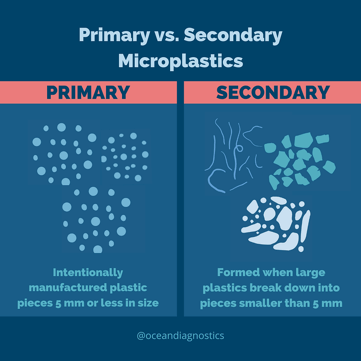
- how plastics move through the ocean and atmosphere,
- where plastics end up (e.g., plastic “hot spots” like the famous Pacific Garbage Patch), and
- what will happen to animals who eat or breathe in pieces of plastics.
Living on the east coast of Canada, Dr. Walker knows well that east coast lobster and mussels are key species to Atlantic Canadian’s culture and economy. His team has found microplastics in both east coast lobster and mussels, but it is unclear what the presence of microplastics means for the future of these key species.
To answer these types of questions, scientists like Dr. Walker need more information and data.
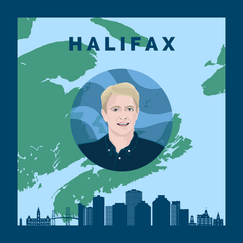
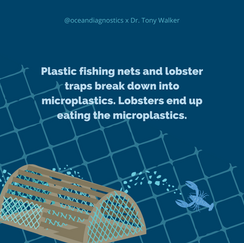
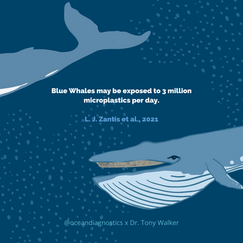
Community scientists expand the search for plastic data
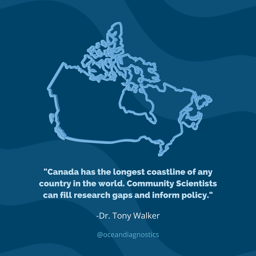 scientists around Canada are helping the cause, and so can you!
scientists around Canada are helping the cause, and so can you!“Community scientists can fill the data gaps that government and researchers cannot do themselves,” Dr. Walker.
Among lobster traps and fishing gear, Dr. Walker and community members in Nova Scotia, also find “Canada’s dirty dozen” on the coastline. Check out the list and see if any of the dirty dozen are common in your neighbourhood.
What type of litter is in your neighbourhood? We’d love to hear from you. Tweet at @oceandiagnostics to tell us what you see!
The public can inform policy and make real changes
Canada announced banning six single-use plastics in 2021. These six items were informed by the public, explains Dr. Walker. What we as community members find can influence regulation changes. “We need plastic legislation to get companies to make big changes, changes that we cannot as individuals,” he explains. Governments need to know what kinds of plastics are being found around Canada to create solutions.
To help ensure the six single-use plastics get banned in Canada, visit Oceana Canada and sign this petition.
This year, start a community science project of your own!
There are many other ways to contribute as a community scientist:
- Start a clean-up (Tip: connect with organizations like Surfrider to help get started!)
- Advocate for plastic bans in Canada with Oceana
- Collect data with Ocean Diagnostics
Contact us or visit our community scientist page to find out more.
Dr. Walker offers extra 2022 intentions. He asks community members to bring our reusable mugs, water bottles and bags when out and about, and to use these reusable items enough times to offset the environmental cost of making them.
People have reverted to single-use plastics due to the pandemic, but Dr. Walker notes that there is evidence to suggest reusables are just as safe for everyday activities. Bring your reusable containers to restaurants and, when it is safe, try out a reusable mask this year!
Have a happy, single-use plastic-free 2022!
